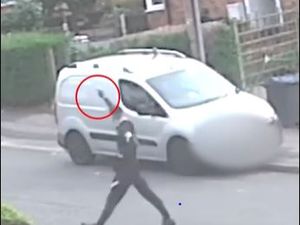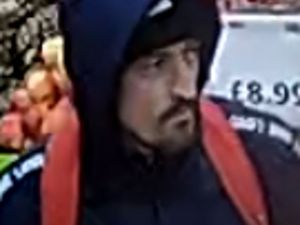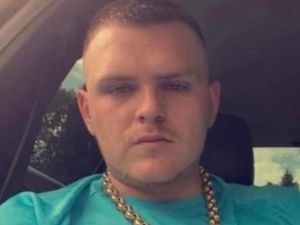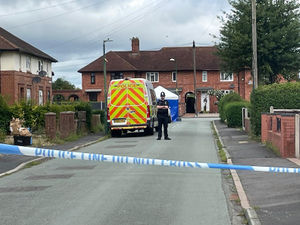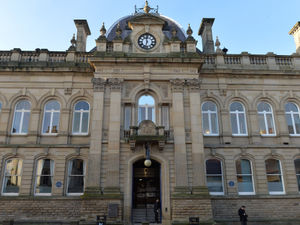Police response to Birmingham knife rampage 'saved lives', says Chief Constable
The Chief Constable of West Midlands Police has defended his force's response to the Birmingham stabbing attacks – saying it will eventually be proved to have "saved lives".
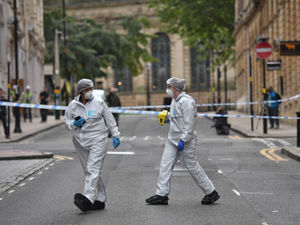
Dave Thompson hit back at criticisms that officers had failed to respond quickly enough to the September 6 incident, which saw 23-year-old Jacob Billington killed and seven other people injured during a 90-minute knife rampage in the city centre.
He said identifying the suspect had been complicated by a lack of decent CCTV images, while making an arrest had been made more difficult because the suspect is believed to have gone home between the attacks.
Giving a detailed outline of how the incident unfolded at a meeting of the Police and Crime Commissioner's (PCC)) strategic board meeting today, Mr Thompson said he was "proud" of the force's response and vowed to do all he could to "ensure justice".
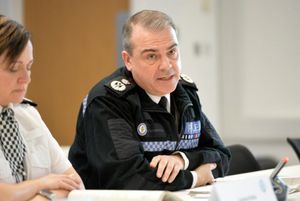
Speaking publicly about the attacks for the first time, he said: "There has been criticism of the force because there is a belief the suspect was allowed to wander around the city centre for two hours between the first and final attack.
"The first three victims were reported to police between 12.31am and 12.52am on September 6. At 1.23am the initial investigation identified links between the two incidents.
"There was then almost an hour’s gap until the next two incidents were reported to police.
"Evidence presented to the court in this case will allege that the suspect left the city centre after the first three victims were attacked, returning to another part of the city centre around an hour later where it is alleged the second two more incidents took place.
"This addresses why the prime suspect was not located between the two sets of incidents. As you will know, we always try to find suspects immediately after incidents. This is not always possible as this complex case demonstrates."
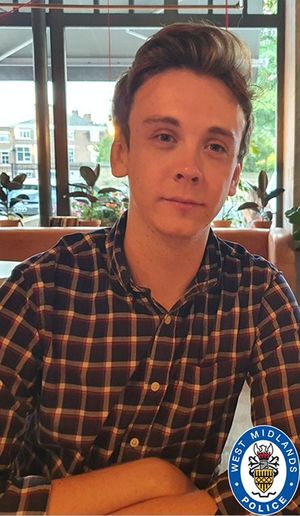
On the speed of officers' response, he said: "The force duty inspector attempted to deploy every officer in the central area of the force as these calls came in and this was later extended to western and eastern clusters to make towards the city centre.
"Other specialist resources were deployed including multiple firearms officers, Taser units, traffic resources, the police helicopter and other police forces were placed on standby. This was in addition to working with the ambulance service on their response.
See also:
"I believe the prompt police and an equally swift ambulance response will be shown to have saved lives."
Mr Thompson said an image of the suspect was not issued sooner due to "the absence of a good quality CCTV image" and the risk of "well-intended but inaccurate reports of sightings".
In conclusion he said: "I believe these decisions to have been well-considered, reasonable and ultimately assisted the investigation."
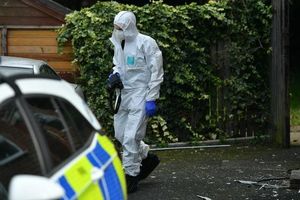
Birmingham Labour MP Khalid Mahmood had been among those to criticise the police response, suggesting Mr Billington's life could have been saved had police been quicker to act.
West Midlands PCC David Jamieson said: "This underlines that some of the criticism that was received after these events was seriously uninformed, and unhelpful, from people who actually should know better.
"I hope that some of those people who made those criticisms – some of them are people who were elected to Parliament – they should actually reflect on what they said and perhaps revise how they react in future."
Police arrested 27-year-old Zephaniah McLeod 26 hours after the attacks. He has been charged with murder and seven counts of attempted murder, and is due to stand trial in February 2021.
An inquiry into the force's response to the incident is underway. The results are due to be published in the coming weeks.
Chief Constable Dave Thompson's full statement:
"Today I want to give the Commissioner – and those watching - a formal update on the terrible knife attacks that took place in Birmingham city centre on Sunday 6 September.
I want to start by speaking about Jacob Billington and the survivors, one of whom remains critically ill.
Everyone in this city is stunned by these terrible attacks. The fact that the victims could have been anyone of us or any of those we love, makes crimes like these seem very close to home. The thoughts of everyone in West Midlands Police are with the victims, their families and friends and I know this is the case for the people of this city.
While the full facts of this case are matters for the criminal and coroners courts, I believe it is necessary to address some issues concerning the West Midlands Police response as a result of criticism we faced in the first 24 hours of this tragedy.
I have waited until after the initial court appearance of a suspect and the start of the coroner’s inquest, until I spoke about this.
I will now address the facts in so far as I need to without prejudicing any future court case:
There has been criticism of the force because there is a belief the suspect was allowed to wander around the city centre for two hours between the first and final attack.
The first three victims were reported to police between 12:31am and 12:52am on September 6. At 1:23am the initial investigation identified links between the two incidents.
There was then almost an hour’s gap until the next two incidents were reported to police.
The next two attacks were reported to the police at 1:50am and 1:59am.
Evidence presented to the court in this case will allege that the suspect left the city centre after the first three victims were attacked returning to another part of the city centre around an hour later where it is alleged the second two more incidents took place.
This addresses why the prime suspect was not located between the two sets of incidents. As you will know, we always try to find suspects immediately after incidents. This is not always possible as this complex case demonstrates.
The police response was not fast enough.
The responses times to the four clusters of attacks are based upon the time between receiving the emergency call, to officers arriving at the scene. To help understand the speed of our response, these are the times from when officers were allocated by the control room to the point the first officer indicated they had arrived:
– First attack on one victim: We responded in seven minutes from the call being received. The first officers arrived three minutes after they had been allocated by the control room.
– Attack two on two victims: We responded 13 minutes after the call was received. Officers arrived three minutes after allocation.
– Attack three on two victims: We responded six minutes after the call was received. Officers arrive four minutes after allocation.
– Attack four on three people: We responded seven minutes after the call was received. Officers arrive four minutes after allocation.
There was a considerable number of officers deployed to each call but the numbers at attack three and four are so extensive that many will have not been able to record their attendance on the radio.
The force duty inspector attempted to deploy every officer in the central area of the force as these calls came in and this was later extended to western and eastern clusters to make towards the city centre. Other specialist resources were deployed including multiple firearms officers, Taser units, traffic resources, the police helicopter and other police forces were placed on standby. This was in addition to working with the ambulance service on their response.
I believe the prompt police and an equally swift ambulance response will be shown to have saved lives.
People have questioned why we did not give a description or CCTV image of the attacker sooner.
Decisions on releasing images and descriptions are made by investigating officers. A very experienced senior investigator officer was appointed, supported by a very experienced strategic investigator, a role used in complex cases. They reported to the Assistant Chief Constable for crime who was the strategic commander.
An extensive CCTV trawl was carried out to secure images of the suspect on public and private CCTV by investigators. An appeal was launched using the UK police major incident public reporting site to quickly secure mobile phone images. I would like to thank people for all the help they gave us on this.
In deciding whether to release details of the suspect, senior officers balanced the risk to the public, the vague nature of the description and the risk of well-intended but inaccurate reports of sightings alongside already active lines of enquiry. This was influenced by the absence of a good quality CCTV image that would assist identification.
We shared images of the suspect at 7pm on the 6 September. These were the best images secured during the investigation throughout that day. They were downloaded from the private CCTV cameras at 5:30pm – just 20 minutes after we discovered them - once a member of staff for the company was able to get access via a password.
The suspect was arrested at 4am on Monday 7 September, 26 hours after the attack.
I believe these decisions to have been well considered, reasonable and ultimately assisted the investigation.
I hope this information clarifies these points and addresses any concerns.
Finally, this is an exceptional incident. The circumstances offer learning not just to West Midlands Police but to UK policing. We have already carried out an initial debrief which we will report to the Police and Crime Commissioner. A separate legal process exists to review the management of the suspect by authorities prior to these incidents.
Finally, although these terrible crime were not terror-related, Assistant Commissioner Neil Basu has agreed that National Counter Terrorism Policing will also debrief the incident as policing and our partners seek to refine the joint agency response to marauding attacks.
I conclude by saying I am proud of the response of staff of the force on the night and those carrying out this investigation. Our job now is to ensure justice."

